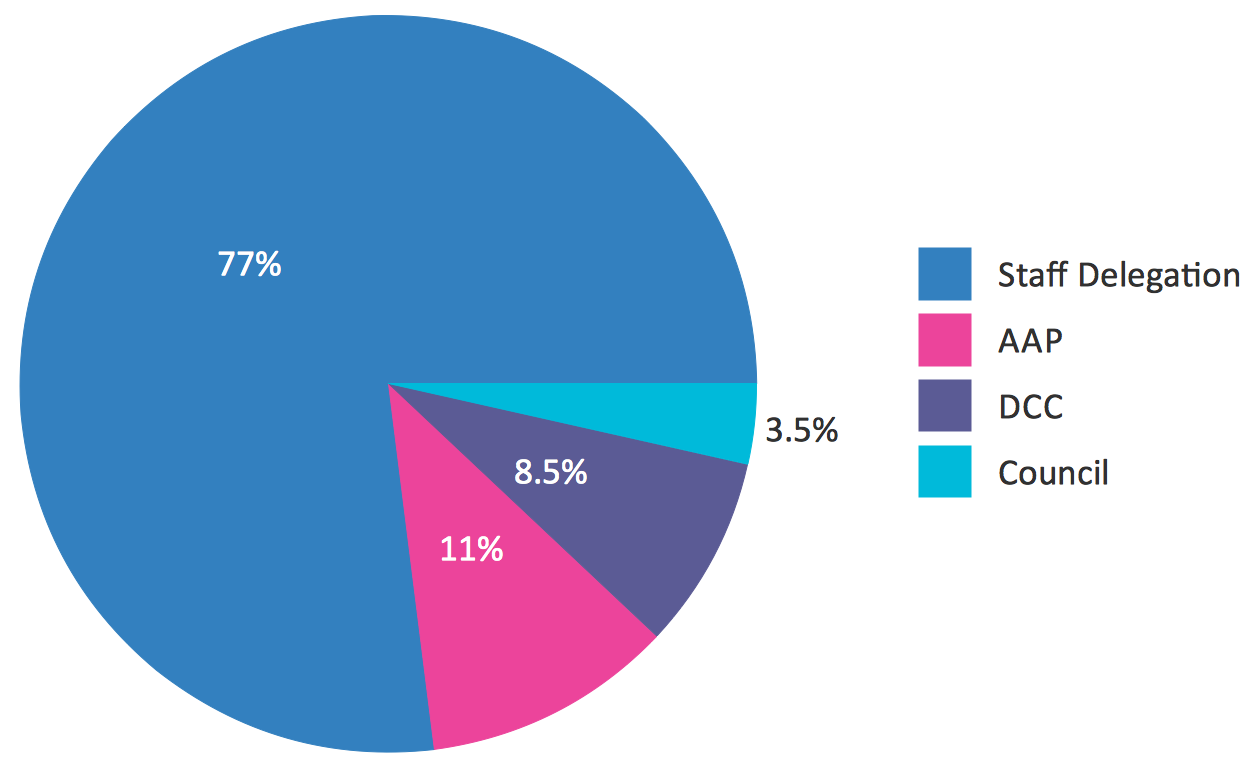

In Chart 5.4.2, music preferences in 14- to 19-year-olds are clearly shown. Constructing a pie chartĪ pie chart is constructed by converting the share of each component into a percentage of 360 degrees. Therefore 47.1 degrees of the circle (13.1%) represents the time spent eating lunch. This ratio works because the total percent of the pie chart represents 100% and there are 360 degrees in a circle. Percent ÷ 100 × 360 degrees = the number of degrees This calculation is done by developing the equation: To present this in a pie chart, you would need to find out how many degrees represent 13.1%. For example, if you spend 7 hours at school and 55 minutes of that time is spent eating lunch, then 13.1% of your school day was spent eating lunch. Percentages are used because they are the easiest way to represent a whole. Second, pie charts are not useful when the values of each component are too similar because it is difficult to see the differences between slice sizes.Ī pie chart uses percentages to compare information. First, they are best used for displaying statistical information when there are no more than six components only-otherwise, the resulting picture will be too complex to understand. Despite its popularity, pie charts should be used sparingly for two reasons. Pie charts are also one of the most commonly used charts because they are simple to use. The use of the pie charts is quite popular, as the circle provides a visual concept of the whole (100%). This point is clearly emphasized by its visual separation from the rest of the pie. The pie chart above clearly shows that 90% of all students and faculty members at Avenue High School do not want to have a uniform dress code and that only 10% of the school population would like to have one. The information is grouped by Response (appearing as row headers), Percentage (%) (appearing as column headers).


This table displays the results of Data table for Chart 5.4.1.


 0 kommentar(er)
0 kommentar(er)
